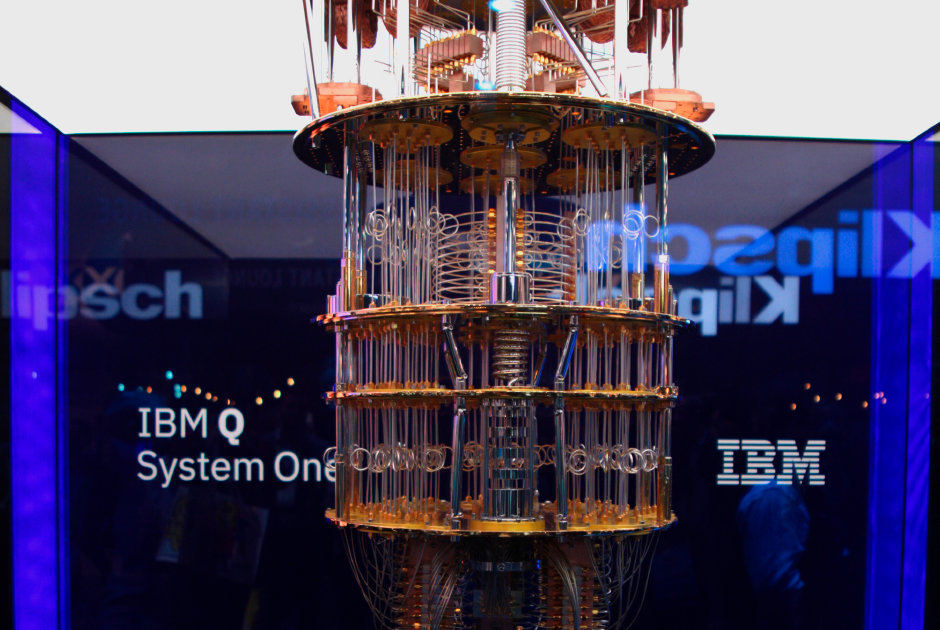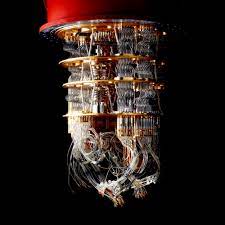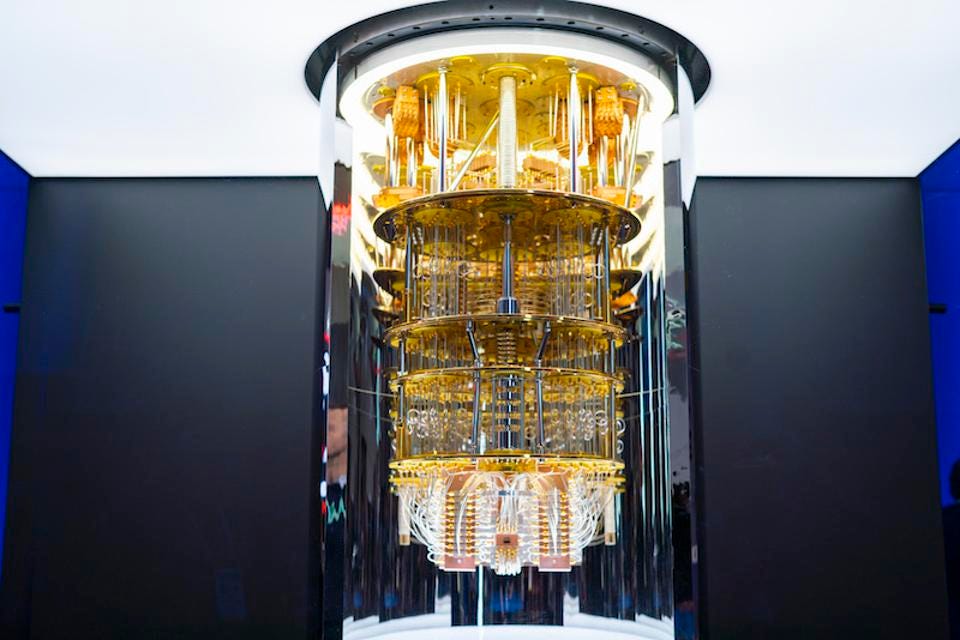
Quantum computers are elegant machines, smaller and requiring less energy than supercomputers. An IBM Quantum processor is a wafer not much bigger than the one found in a laptop. And a quantum hardware system is about the size of a car, made up mostly of cooling systems to keep the superconducting processor at its ultra-cold operational temperature. A classical processor uses bits to perform its operations. A quantum computer uses qubits (CUE-bits) to run multidimensional quantum algorithms.

For some problems, supercomputers aren't that super. When scientists and engineers encounter difficult problems, they turn to supercomputers. These are very large classical computers, often with thousands of classical CPU and GPU cores. However, even supercomputers struggle to solve certain kinds of problems. If a supercomputer gets stumped, that's probably because the big classical machine was asked to solve a problem with a high degree of complexity. When classical computers fail, it's often due to complexity. Complex problems are problems with lots of variables interacting in complicated ways. Modeling the behavior of individual atoms in a molecule is a complex problem, because of all the different electrons interacting with one another. Sorting out the ideal routes for a few hundred tankers in a global shipping network is complex too.

Building a functional quantum computer requires holding an object in a superposition state long enough to carry out various processes on them. Unfortunately, once a superposition meets with materials that are part of a measured system, it loses its in-between state in what's known as decoherence and becomes a boring old classical bit. Devices need to be able to shield quantum states from decoherence, while still making them easy to read. Different processes are tackling this challenge from different angles, whether it's to use more robust quantum processes or to find better ways to check for errors.